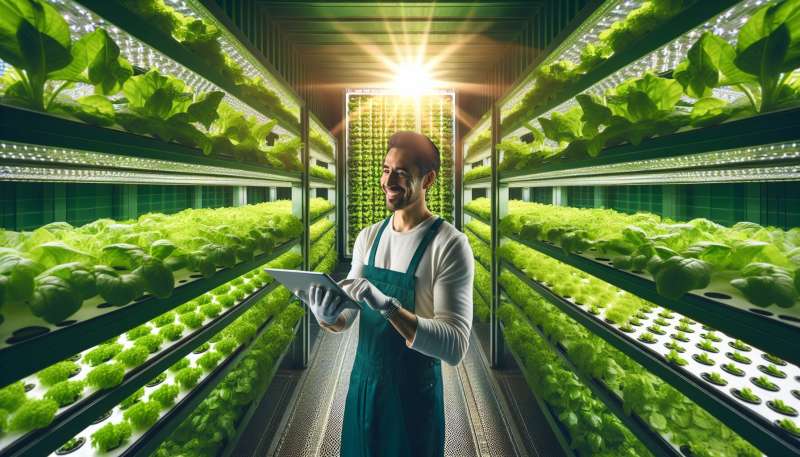
Container Farming Introduction
Container farming uses shipping containers retrofitted for agricultural production. These climate-controlled environments use hydroponics or aquaponics, maximizing space and resources while reducing environmental impact.
Maximizing Space Efficiency
A single 40-foot container can yield as much produce as an acre of farmland. Vertical farming techniques stack plants, multiplying output without expanding the container's footprint.
Resource Conservation
Container farms recycle water, using up to 90% less than traditional farming. Closed systems prevent nutrient runoff, protecting local ecosystems from agricultural pollution.
Year-Round Production
Controlled environments negate seasonal constraints, enabling year-round cultivation. Consistent temperatures and light conditions ensure continuous, predictable harvests regardless of external weather.
Localizing Food Supply
By situating container farms near urban centers, the distance from farm to table is significantly reduced. This not only cuts transportation emissions but also improves produce freshness.
High-Tech Agricultural Innovation
Advanced technologies like AI and IoT are integrated into container farms for precision agriculture. They monitor and adjust climate, lighting, and nutrients, optimizing plant growth with minimal human intervention.
Challenges and Considerations
Despite the benefits, container farming faces challenges such as high initial setup costs, energy consumption, and the need for technical expertise to manage complex systems.Unexpected Hydroponic History
Hydroponics dates back to the Hanging Gardens of Babylon, one of the Seven Wonders of the Ancient World.
What farming method does container farming use?
Traditional soil-based cultivation
Hydroponics or aquaponics systems
Aeroponics and fogponics only
Company